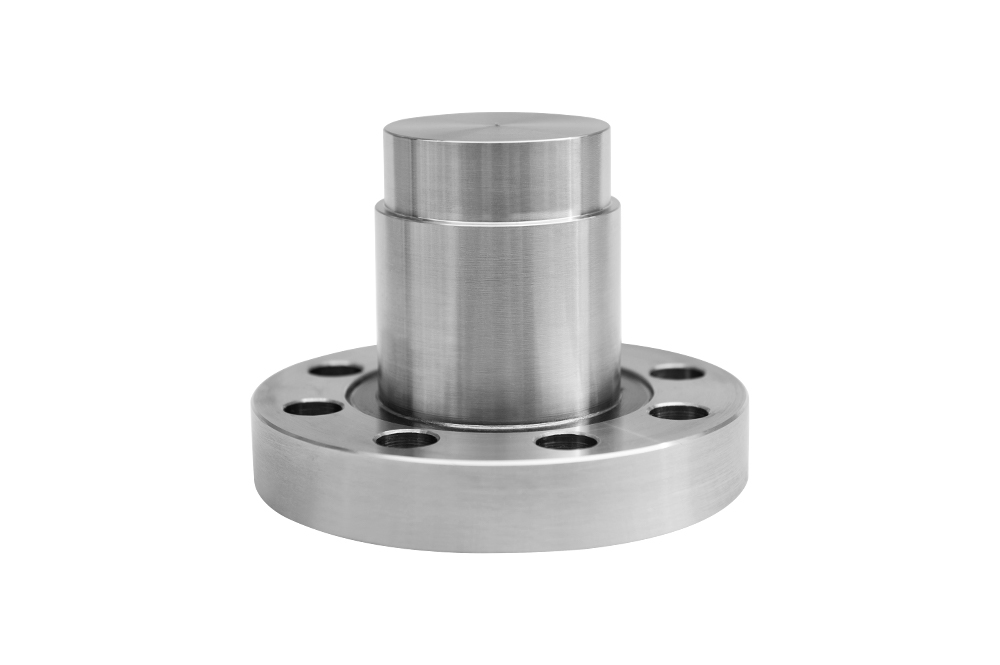Ball valves play a crucial role in controlling the flow of liquids and gases across many industrial sectors. Their reliability and longevity directly impact system efficiency and safety, which has driven ongoing improvements in the materials used to manufacture ball valve components. Recent advances in material technology have contributed to the production of more durable ball valve components, including innovations applicable to safety ball valves and adjustable ball valves.

The Importance of Material Durability in Ball Valve Components
Ball valves are designed to provide a reliable shutoff and control mechanism in pipelines. The components within these valves, such as the ball itself, seats, stems, and seals, face harsh operating environments—often involving high pressure, corrosive media, bad temperatures, and mechanical wear. Material durability in these components is critical to prevent leakage, maintain performance, and ensure safety over extended service periods.
Durability also reduces the frequency of valve replacements and maintenance, which is especially important in applications where downtime can cause significant operational disruption or safety risks. This is particularly true for safety ball valves, which must operate reliably under emergency conditions to isolate hazardous fluids and prevent accidents.
Material Innovations Enhancing Durability
Recent developments in metallurgy and polymer technology have allowed manufacturers to select and engineer materials that better resist wear, corrosion, and deformation. Stainless steel alloys with improved resistance to pitting and stress corrosion cracking have become common in ball valve components intended for demanding environments, such as marine or chemical processing industries.
In addition, advancements in surface treatments and coatings provide an extra layer of protection. Techniques such as electropolishing, nitriding, and ceramic coating help extend the lifespan of valve balls and stems by reducing friction and protecting against corrosion. These treatments are particularly beneficial for adjustable ball valves, which require frequent positioning changes and therefore are subjected to repeated mechanical stress.
Polymer technology has also seen progress. High-performance plastics such as reinforced PTFE (polytetrafluoroethylene) and PEEK (polyether ether ketone) are now used for valve seats and seals, improving chemical resistance and reducing wear. These materials help maintain a tight seal even after extensive operation, which is crucial for safety ball valves that must prevent leaks under pressure.
The Role of Material Selection in Adjustable Ball Valves
Adjustable ball valves provide variable flow control, allowing operators to modulate fluid volume precisely. Unlike standard ball valves that primarily serve as on/off devices, adjustable ball valves require components that can withstand continuous adjustment without compromising sealing integrity or mechanical stability.
Materials for the ball and seat assemblies in adjustable ball valves are chosen not only for durability but also for their ability to maintain smooth operation throughout the valve’s adjustment range. Innovations in composite materials and engineered polymers have led to improvements in friction reduction, which in turn allows for easier and more accurate flow control.
Additionally, adjustable ball valves often include stem seals and packing made from advanced elastomers that retain elasticity and sealing ability over time, even under fluctuating pressures and temperatures. These material improvements contribute to safer, more reliable valve operation in applications requiring fine flow regulation.
Safety Considerations and Material Performance
Safety ball valves are typically installed in critical pipeline sections where immediate shutoff is necessary to protect personnel, equipment, and the environment. The materials used for safety ball valves must meet stringent standards for mechanical strength and chemical resistance to ensure they can withstand emergency conditions such as sudden pressure spikes, corrosive fluids, or fire exposure.
The development of fire-safe materials and designs for safety ball valves has been a focus of recent research. This includes the use of metal seats or fire-resistant polymer composites that can maintain sealing capability even after exposure to bad temperatures. These material innovations help prevent valve failure in emergency scenarios, contributing to overall system safety.
Moreover, fatigue-resistant materials for valve stems and operating mechanisms reduce the risk of mechanical failure during rapid or repeated valve actuation, which is common in safety valve operation. This enhances confidence that the valve will perform reliably when called upon.
Future Directions in Material Technology for Ball Valves
Ongoing research in nanomaterials and additive manufacturing offers potential new pathways for further improving ball valve component durability. Nanocoatings and composite materials incorporating nanoparticles could provide enhanced wear and corrosion resistance without adding bulk or weight.
Additive manufacturing, or 3D printing, allows for the creation of complex internal geometries and the use of customized material blends tailored to specific valve applications. This could advance to ball valve components with improved performance characteristics, including better flow dynamics and longer service life.
As industrial requirements evolve, the ability to customize material properties for specific operating conditions will be increasingly valuable. Continued collaboration between material scientists, valve designers, and end-users will help bring these innovations into practical use, improving the safety and efficiency of ball valves across many sectors.
Advances in material technology are playing a significant role in enhancing the durability and reliability of ball valve components. By selecting and engineering materials that resist wear, corrosion, and mechanical stress, manufacturers are able to produce ball valves that meet the demands of a wide range of industrial environments.
Whether it is in safety ball valves that protect critical systems or adjustable ball valves that offer precise flow control, material improvements contribute to safer operation and longer service intervals. These developments underscore the importance of ongoing innovation in materials science as a key factor in the performance and dependability of ball valve assemblies.